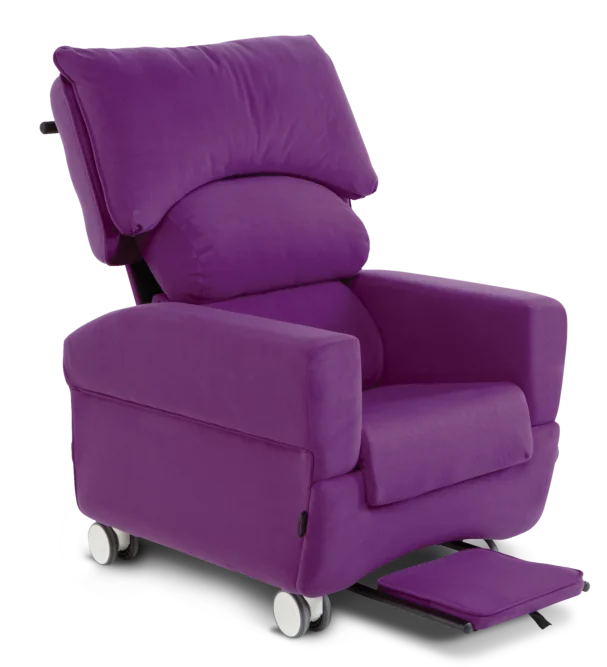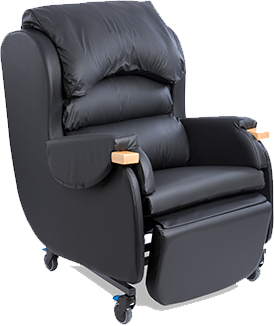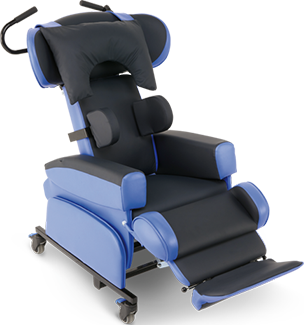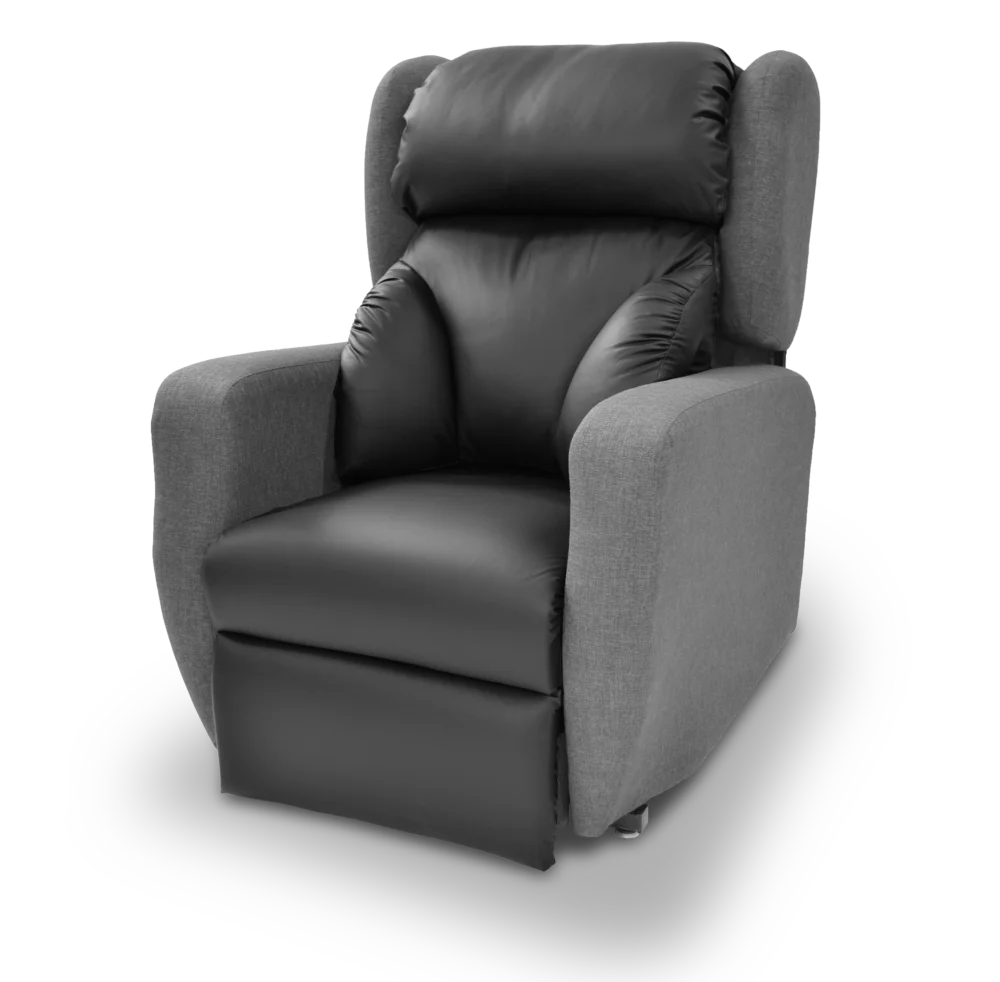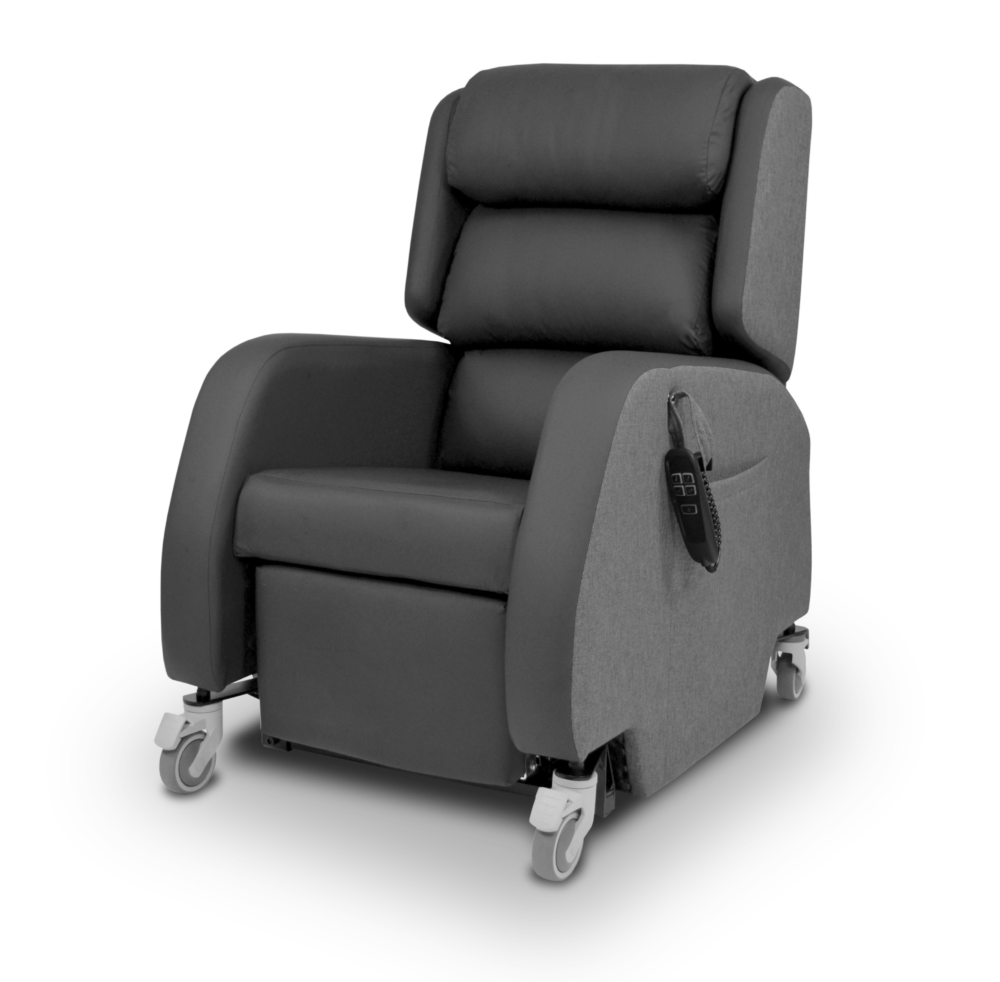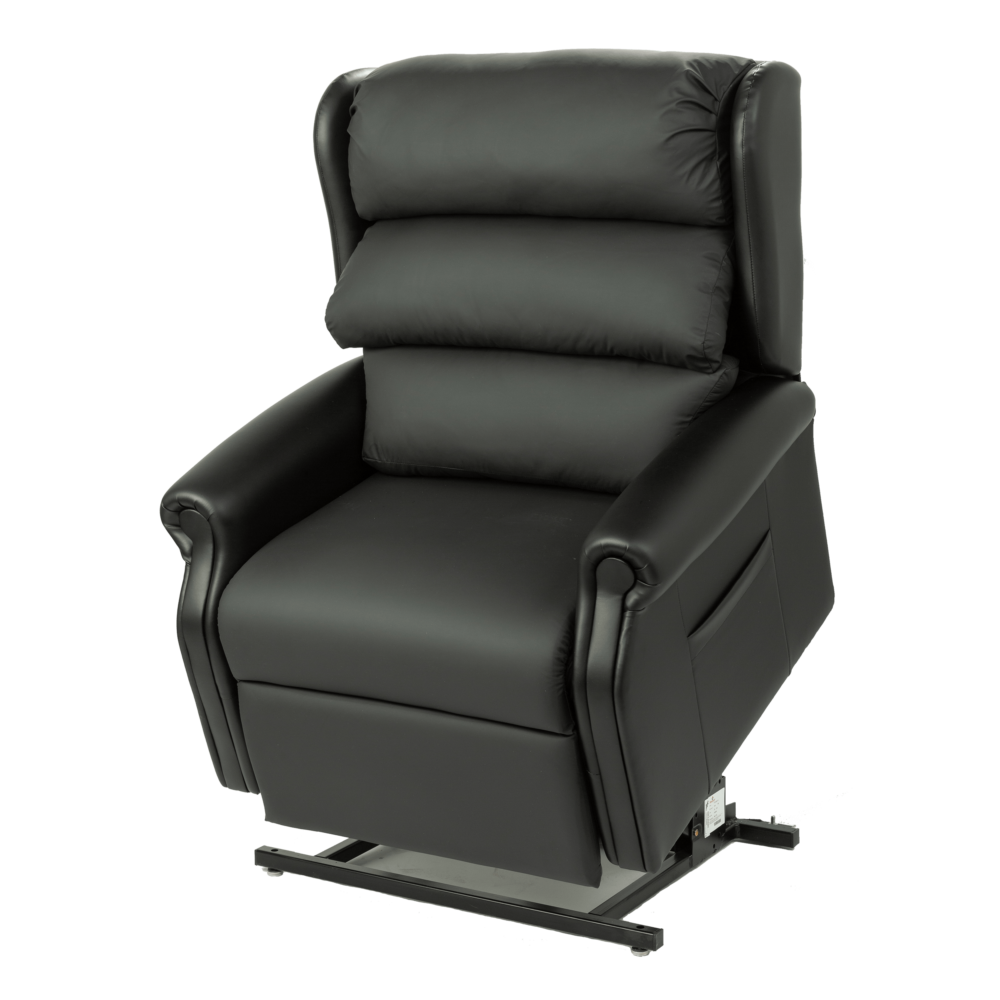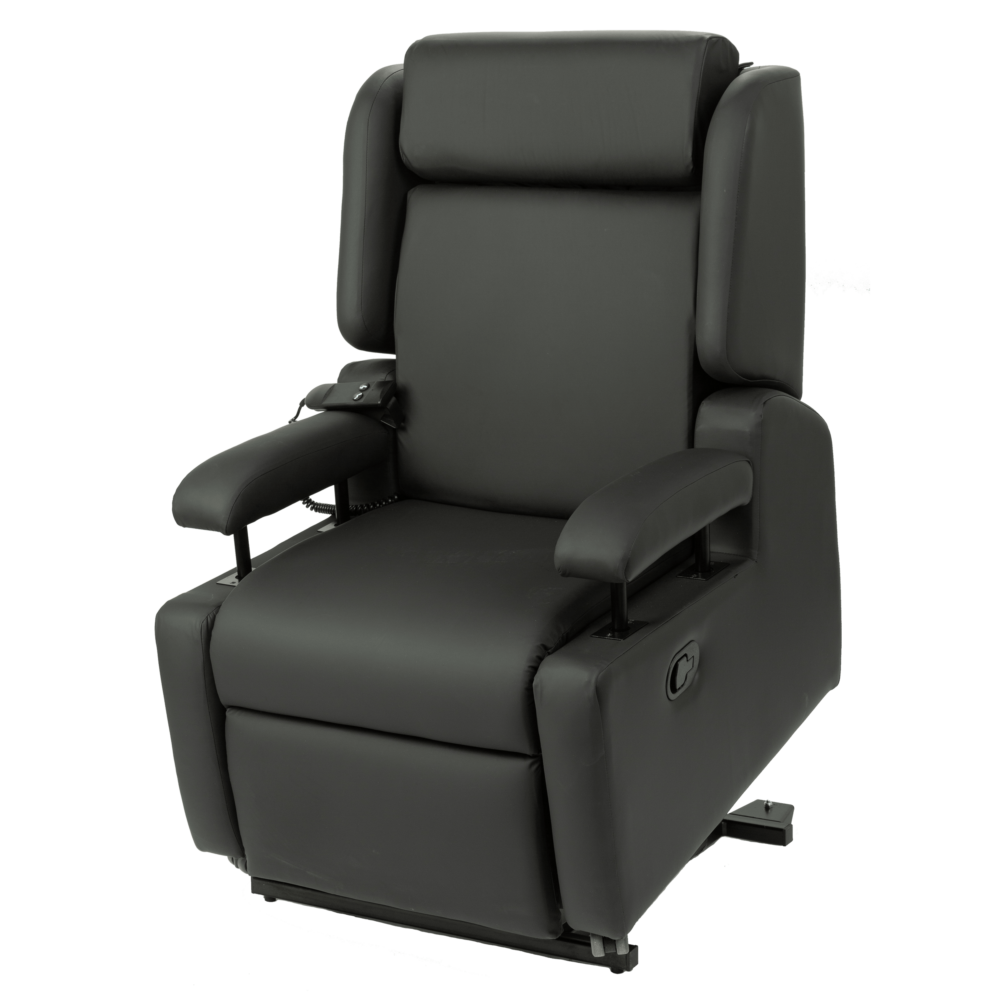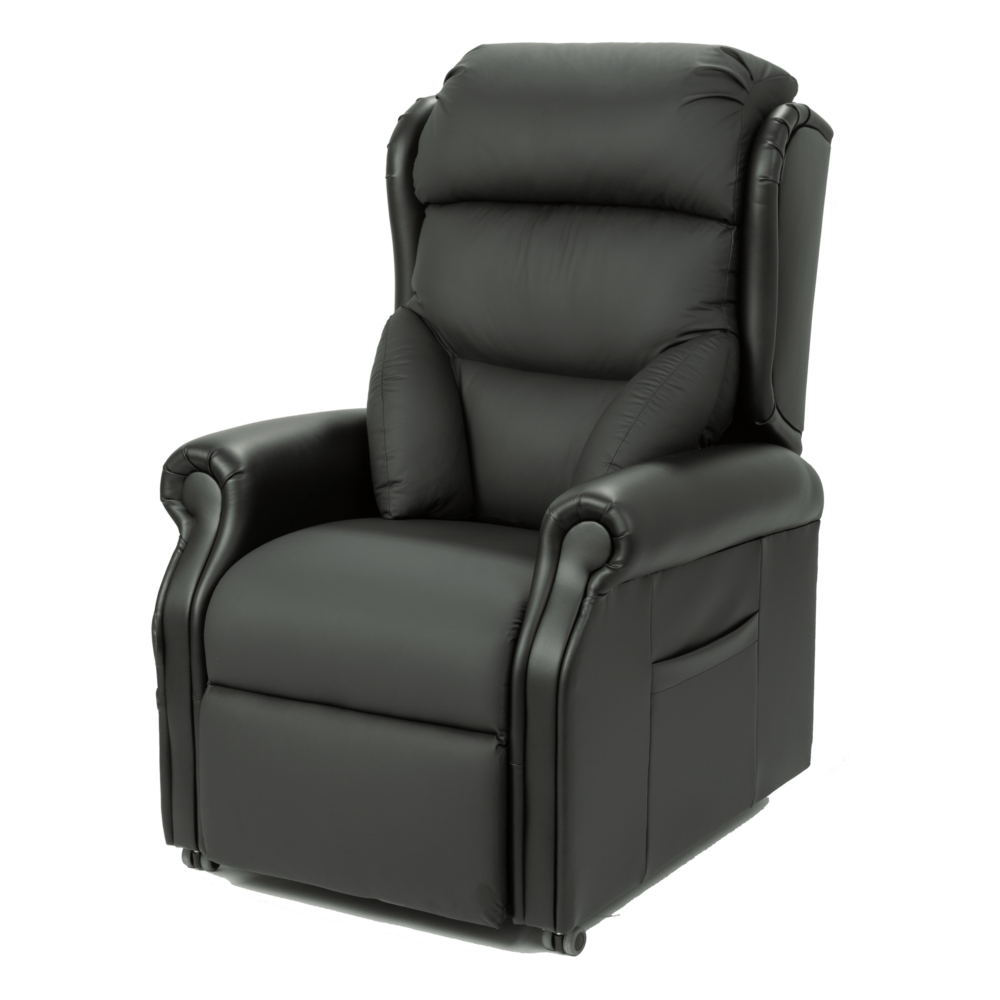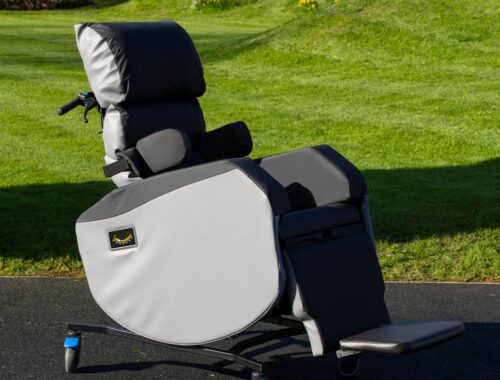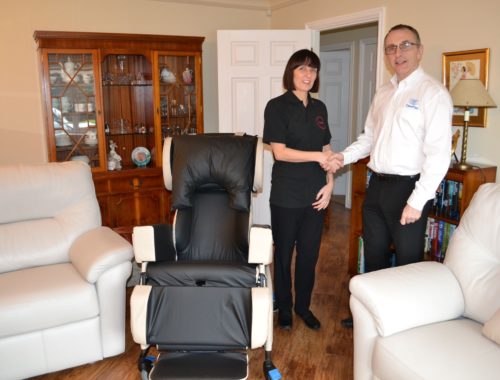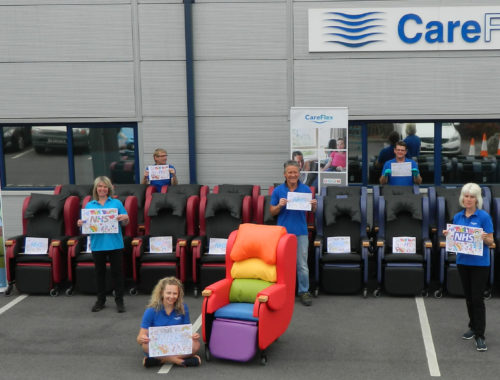A Specialist Seating Q&A Series Part 2 – Functions & Accessories 2/2
1.What is a pelvic belt and when is it indicated?
A pelvic belt is a type of positioning aid that helps maintain the individual’s pelvic position to promote postural stability and can be used as a safety belt during portering. A pelvic belt may be indicated as anterior stabilisation for individuals who present with pelvic instability and where all other less restrictive seating solutions have been implemented and/or trialled. Individuals with a posterior pelvic tilt, pelvic obliquity, pelvic rotation, generalised weakness, abnormal muscle tone or abnormal movement patterns may benefit from a pelvic belt. A 4-point pelvic belt that has four anchor points can also be used for maximum pelvic stability.
2.What is a chest/sternum harness and when is it indicated?
A dynamic chest/sternum harness is a positioning aid that can assist an individual with maintaining their posture upright against gravity for improved physiological function, head positioning and upper extremity control. It should be used in combination with a pelvic belt and where all other less restrictive seating solutions have been implemented and/or trialled. It can offer anterior support and promote comfort without restricting active positioning for individuals with leaning at the trunk or an increased thoracic kyphosis.
3.What is a groin harness and when is it indicated?
A groin harness is a positioning aid that can provide maximum pelvic control. It will help stabilise the position of the pelvis and prevent the user from sliding forward in the chair, where all other less restrictive seating solutions have been implemented and/or trialled. The harness will help stabilise without putting pressure on the abdominal area.
4.How can positioning belts and harnesses be used safely?
Belts and harnesses, when implemented appropriately as positioning aids, are critical to an individual’s specialist seating prescription and ultimately their quality of life. They can help individuals maintain a stable sitting posture, promote comfort and safety, and enhance physiological function. They can also help reduce the risk of pressure injury through the effects of shear and friction forces. There is a risk of serious injury or death if a positioning aid is used improperly or in ways other than intended1. CareFlex belts and harnesses are designed to be used with CareFlex specialist seating as positioning aids following a comprehensive assessment of posture, risk and capacity to consent. Appropriate levels of competence and confidence is essential for all those who provide, prescribe, implement and maintain belts and harnesses, in their function, adjustment, cleaning and operation. A level of supervision suitable to the user’s abilities must also be always applied, with regular monitoring and reviews. All belts and harnesses need to be correctly fitted and adjusted to adequately support and stabilise the individual’s posture without restricting physiological function or causing discomfort. Please see the Device safety information alert for further information: www.gov.uk/drug-device-alerts/all-posture-or-safety-belts-fitted-to-supportive-seatingwheelchairs-hoists-and-bathroom-equipment-risk-of-serious-injury-or-death
5.When might the use of belts and harnesses be inappropriate or contra-indicated?
As aforementioned, the provision of any positioning aid must be cautiously considered and risk assessed. There are specific circumstances, when belts and harnesses may be inappropriate or contra-indicated, to be aware of:
- If an individual is deemed to have capacity to refuse a belt or harness, then this decision should be respected, and alternatives discussed.
- Some individuals, especially those with extreme involuntary movements or those who display behaviours that challenge, may be more at risk of injury with the positioning aids in situ as they struggle against a belt or harness, or become distressed.
- Ambulant or active individuals could have their independence limited if restrained within the chair inappropriately, and subsequently their risk of immobility and poor health could be increased.
- Individuals who present with skin integrity concerns will need regular monitoring and reviews; belts or harnesses, especially when used inappropriately, could increase their risk of pressure injury.
You can read more about positioning aids here: CareFlex Positioning Aids Belts and Harnesses – CareFlex Accessories
6.What is a pommel and when is it needed?
An external pommel can encourage thigh alignment and further assist with maintaining pelvic stability. It may need to be offset from the central position if the individual’s positioning is fixed.
7.Is a tray needed?
A tray can be prescribed to offer further upper limb support and enable engagement in activities or occupation.
8.How can removable chair arms help?
Fully removable arms will facilitate lateral transfers, promoting independence and encouraging activity. The ability to remove the arms can also assist with sling application and removal for improved positioning.
9.What is WaterCell Technology?
CareFlex WaterCell Technology provides a reliable and dynamic pressure care solution for people at medium to high risk of pressure injury. WaterCell Technology enables the individual to achieve a stable and functional posture without compromising on pressure care and comfort. The water cells work by allowing the seat cushion to contour naturally and effectively around the user’s body. The layer of Visco-Elastic Memory Foam moulds to the shape of the buttocks and thighs, distributing weight over a larger surface area and minimising pressure build-up under bony areas.
References:
- Chaves E, Cooper R, Collins D, Karmarkar A, Cooper R (2007) Review of the Use of Physical Restraints and Lap Belts with Wheelchair Users Assistive Technology19(2):94-107

